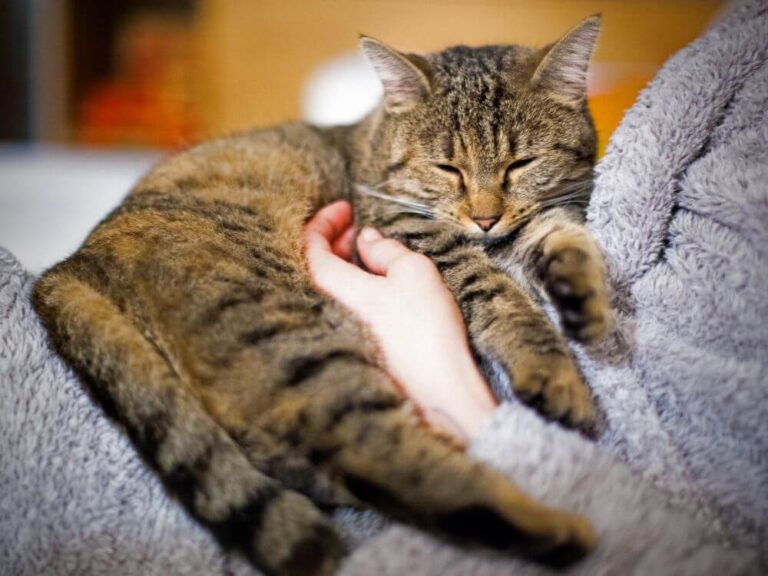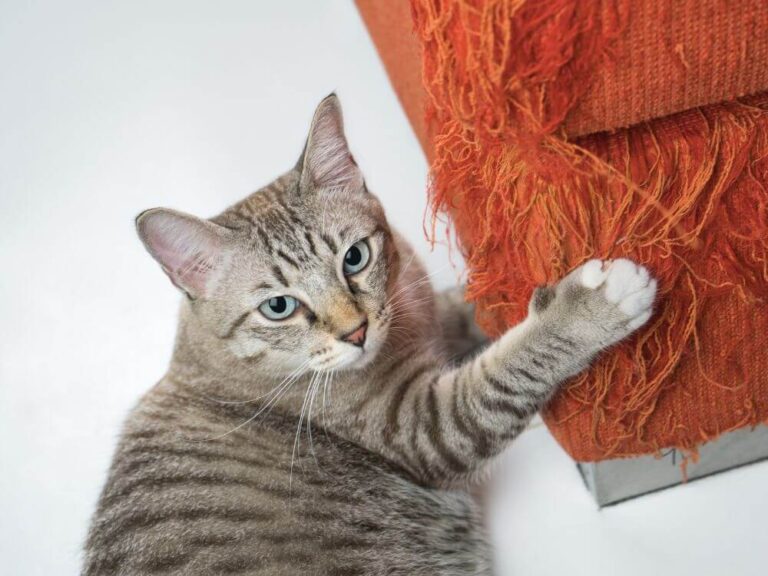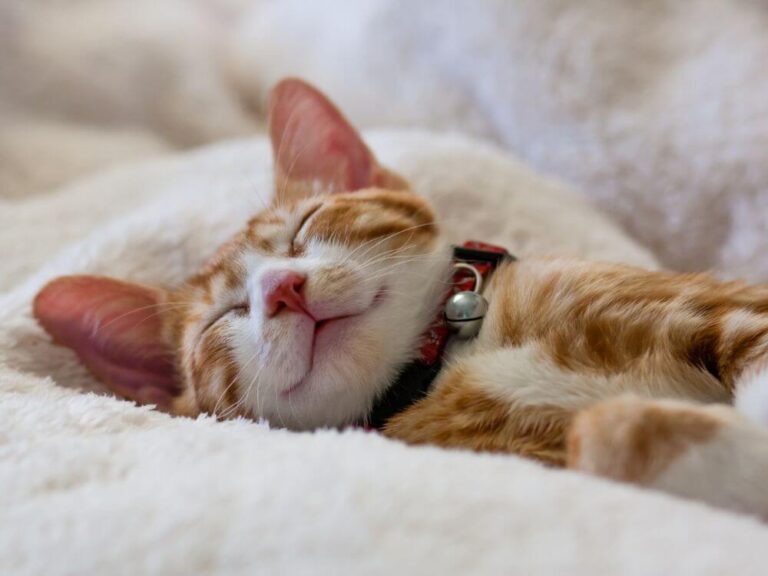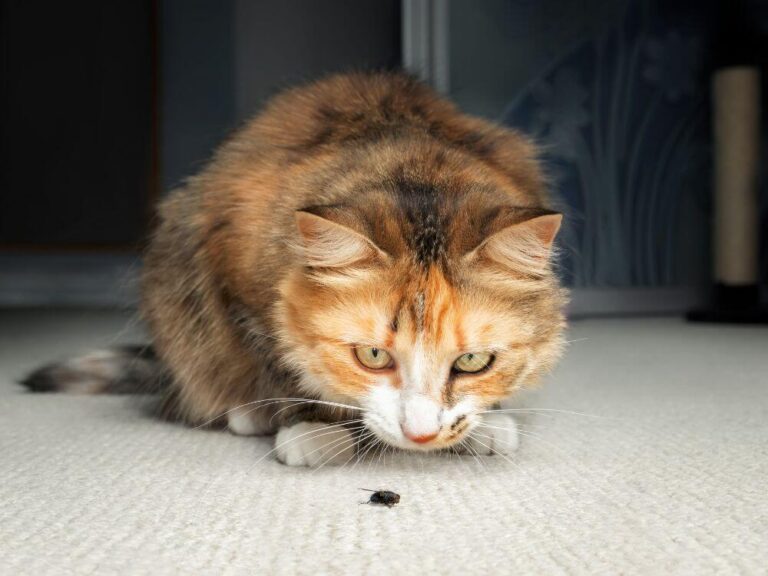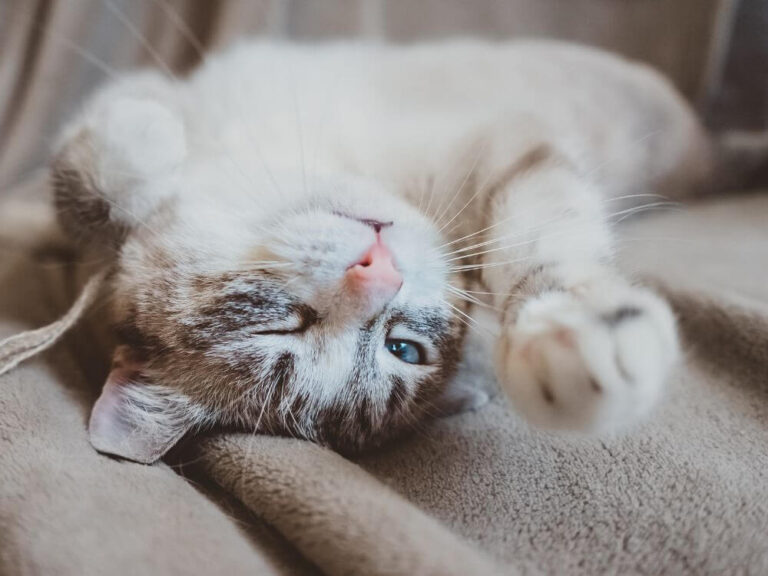Decoding Your Cat’s Meow: Feline Communication Secrets
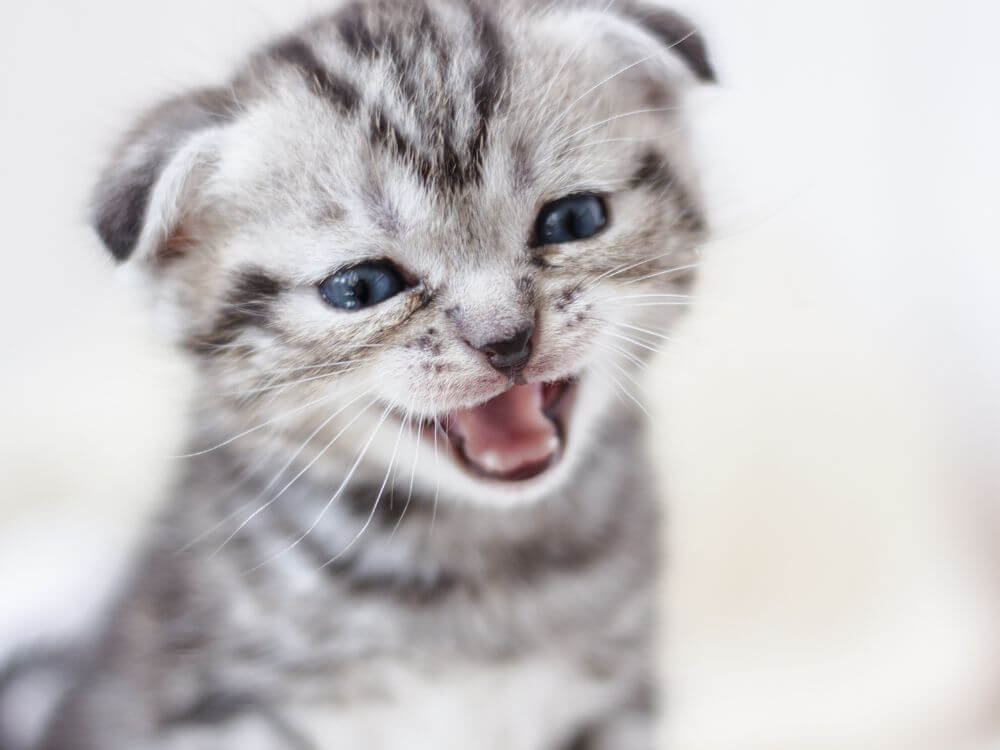
Cats are known for their mysterious behavior and unique ways of communicating. Among the many sounds they make, meowing stands out as one of the most intriguing. But what exactly does it mean when your cat meows? Understanding the nuances of “cat meowing” can help deepen the bond between you and your feline friend, ensuring that their needs are met and that you can respond appropriately to their vocalizations.
The Language of Cats: Why Do Cats Meow?
Cats use meowing primarily to communicate with humans, a behavior that typically develops as they age. Unlike other animals that use vocalizations for various interactions with their kind, adult cats meow almost exclusively to communicate with people. This vocal behavior starts in kittens as a way to call their mother for food or comfort. As they grow, cats adapt this meowing to engage with their human companions, often conveying a variety of needs and emotions.
Decoding the Meow: Different Types of Cat Meowing
Not all meows are the same. In fact, each meow can signify a different need or state of mind. Here are some common types of meows and what they might mean:
- The Standard Meow: This is the typical sound most cat owners are familiar with. It can vary in tone and volume depending on what the cat wants, whether it’s food, attention, or to go outside.
- The Short Meow: A short, quick meow often serves as a greeting. Cats might use this when you walk into a room or return home.
- The Repetitive Meow: When a cat repeatedly meows in quick succession, it usually indicates excitement or urgency. They might be hungry, want to play, or need something else immediately.
- The Long, Drawn-Out Meow: This type of meow is often a demand. Your cat might be trying to tell you that their litter box needs cleaning, or they might want to go outside.
- The High-Pitched Meow: A high-pitched meow, sometimes bordering on a cry, usually indicates distress. Your cat might be feeling scared, lonely, or in pain.
Emotional Meows: What’s Behind the Sound?
Beyond just asking for food or attention, cat meowing can also express emotions. Cats might meow when they feel anxious, such as during a thunderstorm or when there’s a change in their environment. They might also meow when they’re content, especially when they’re in your lap and getting petted. Recognizing the emotional undertones in your cat’s meows can help you respond in a way that makes them feel secure and loved.
Meowing for Attention: When Does It Become Excessive?
While meowing is a natural behavior, excessive meowing can sometimes indicate an underlying issue. Cats might meow excessively if they’re not getting enough attention or if they’re bored. In some cases, excessive meowing could be a sign of a health problem, such as hyperthyroidism or pain. If your cat’s meowing becomes incessant, it’s a good idea to consult with a veterinarian to rule out any medical issues.
Senior Cats and Meowing: How Age Affects Vocalization
As cats age, their meowing patterns can change. Older cats might meow more frequently, often due to cognitive dysfunction or sensory changes like hearing loss. These senior meows can sometimes be more plaintive or louder, reflecting discomfort or confusion. Understanding these changes can help you provide the right care for your aging feline companion.
Responding to Your Cat’s Meows: Building a Stronger Bond
The way you respond to your cat’s meowing can strengthen the bond between you and your pet. When your cat meows, take the time to understand what they’re trying to tell you. Responding appropriately, whether it’s offering food, attention, or reassurance, shows your cat that you’re attuned to their needs. Over time, this can lead to a more harmonious relationship, where your cat feels understood and secure.
Conclusion: The Art of Understanding Cat Meowing
Cat meowing is a complex form of communication that goes beyond just noise. Each meow carries with it a meaning, whether it’s a request for food, a sign of distress, or a simple greeting. By paying attention to the nuances of your cat’s meows, you can better understand their needs and emotions, ultimately enhancing the bond you share with your feline friend.
If you’re eager to dive deeper into feline behavior and communication, check out our Behavior category for more tips and insights on understanding your cat.

